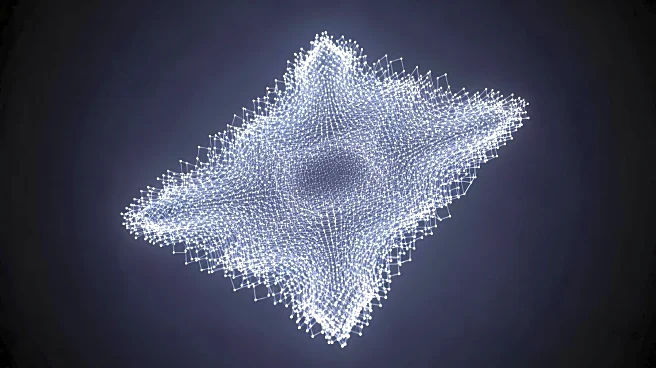What's Happening?
Recent research has focused on the quadrature-dependent lattice dynamics of dissipative microcombs, which are systems that exhibit complex parametric interactions leading to unique optical properties.
These systems can be modeled as bosonic networks, showing effects like unidirectional amplification and non-Hermitian chiral transport. Advances in Kerr microcombs have enabled the generation of broadband high-repetition pulses on microchips, leading to the creation of multimode squeezed vacuum states. The study explores the dynamics of vacuum fluctuations driven by these microcombs, with implications for squeezing and secondary comb formation.
Why It's Important?
The study of dissipative microcombs is crucial for the development of advanced photonic technologies. These systems have the potential to revolutionize both quantum and classical photonics by enabling more efficient and precise control of light. The ability to manipulate vacuum fluctuations and achieve multimode squeezing could lead to significant improvements in optical communication, quantum computing, and sensing technologies. The research paves the way for new optical networks that could enhance data transmission and processing capabilities.











